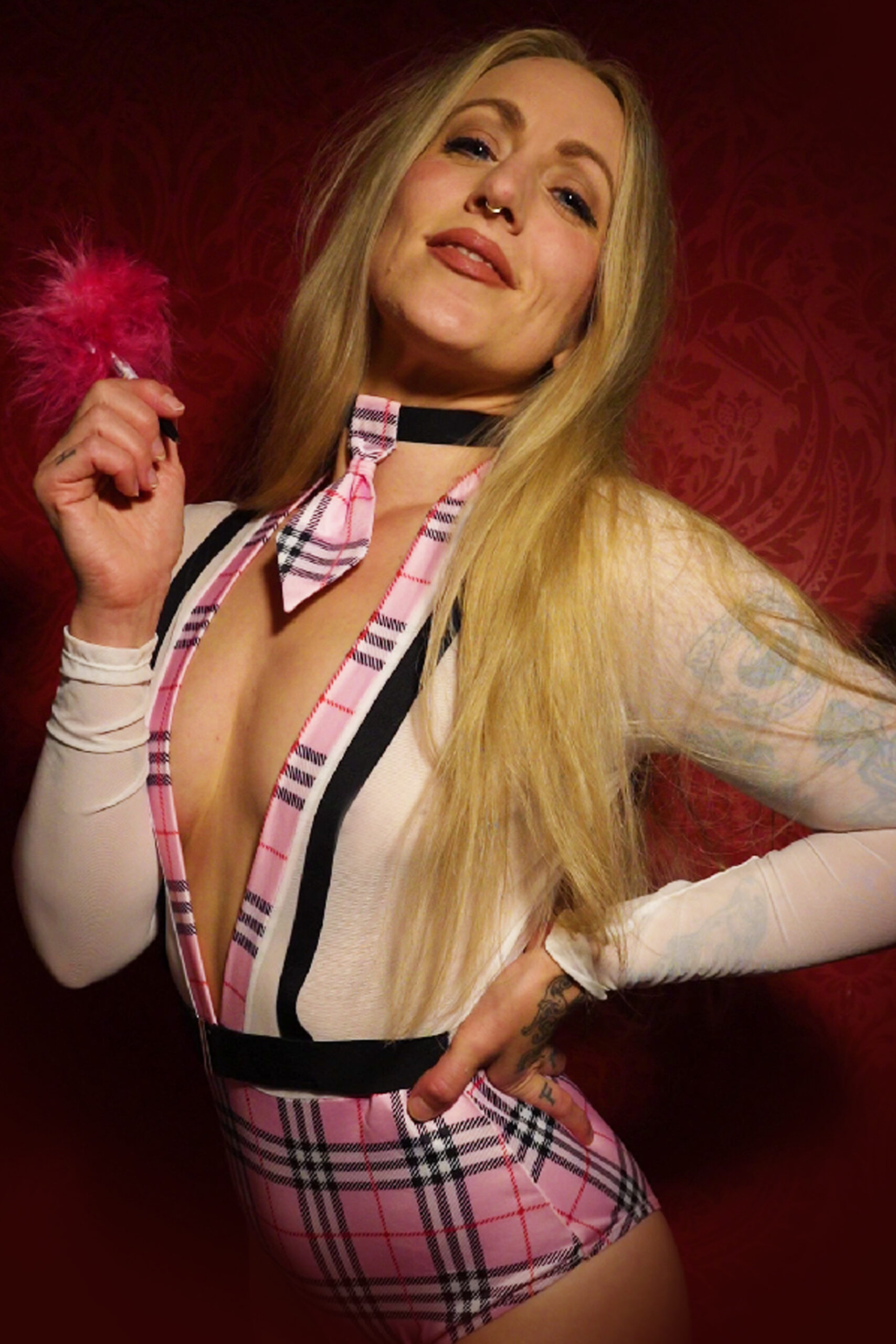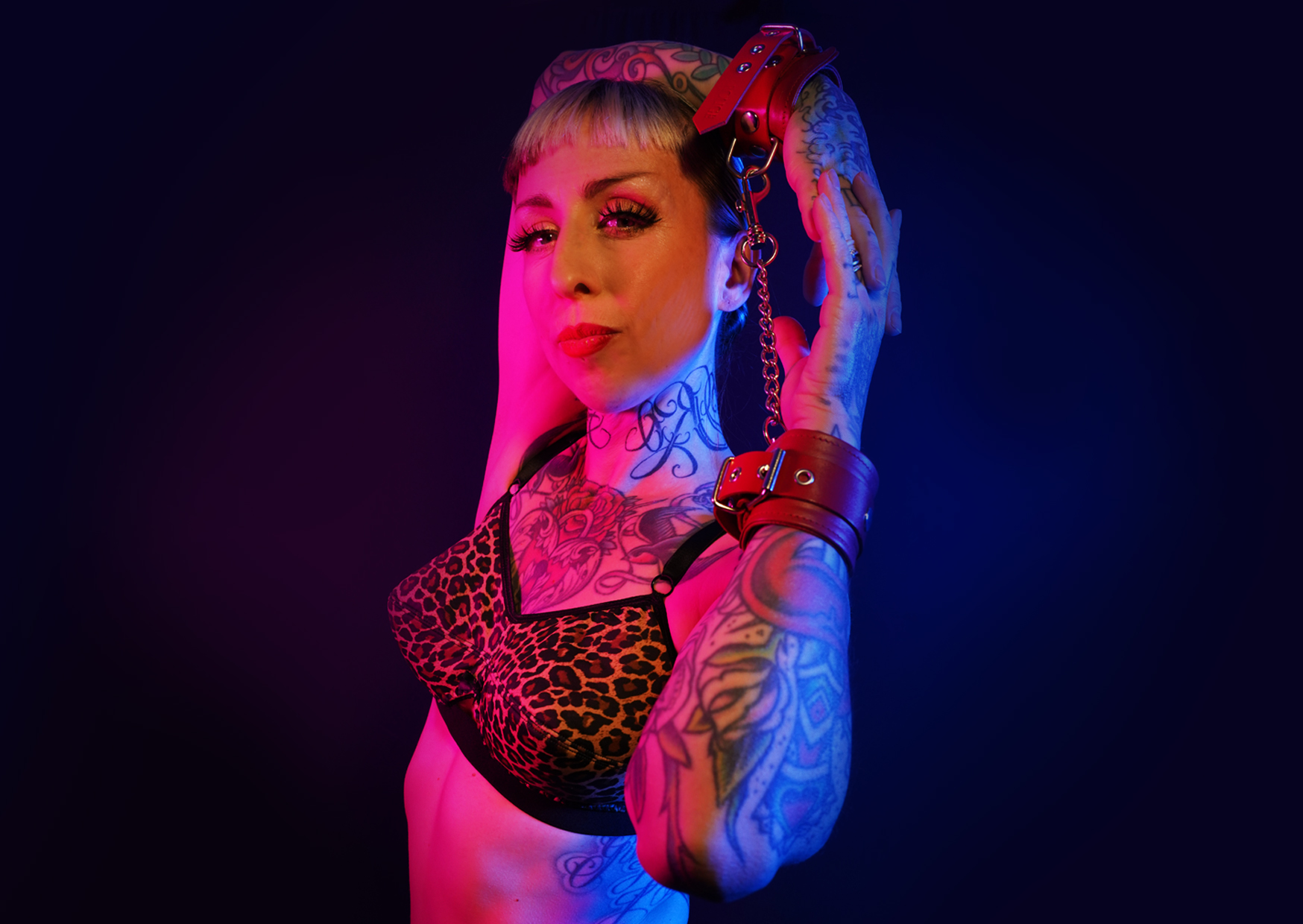Androsexuality: Attraction To Masculine Presenting Individuals
Understanding Androsexuality
Androsexuality is a sexual orientation characterized by attraction towards individuals who present themselves in a masculine way, regardless of their gender identity. This can encompass a spectrum of experiences, from exclusively romantic or sexual interest in men to attraction towards people of various genders who embody traditionally masculine traits.
Definition and Characteristics
Androsexuality is a sexual orientation characterized by attraction towards individuals who present themselves in a masculine way, regardless of their gender identity. This can encompass a spectrum of experiences, from exclusively romantic or sexual interest in men to attraction towards people of various genders who embody traditionally masculine traits.
Understanding androsexuality involves recognizing its distinct characteristics:
- Attraction is based on presentation, not gender identity: Individuals attracted to masculine presentation may be drawn to transgender men, cisgender men, or non-binary individuals who express themselves in a masculine way.
- A spectrum of experiences: Androsexual attraction can range from exclusively heterosexual to pan-androsexual, encompassing attraction to all genders presenting with traditionally masculine traits.
- Fluidity and personal definition: Like all sexual orientations, androsexuality is fluid and personal. Experiences within this orientation can evolve and change over time.
Distinguishing Androsexuality from Other Identities
It’s crucial to distinguish androsexuality from other sexual orientations. While it shares similarities with bisexuality, the defining factor is attraction based on presentation rather than gender identity. Bisexual individuals are attracted to two genders, often men and women, regardless of how they express themselves. Androsexuals, on the other hand, are drawn to masculine expression, which might encompass diverse genders.
Another distinction is from gay or lesbian orientations. Gay individuals are typically attracted to men, while lesbian individuals are attracted to women. Androsexuality encompasses a broader spectrum, as it acknowledges attraction to masculine presentation regardless of the individual’s gender identity.
Similarly, pansexuality is distinct because it involves attraction to all genders without emphasis on masculine or feminine expression. While there can be overlap between these identities, understanding the nuances allows for accurate representation and respect for individuals’ experiences.
Experiences of Androsexual Individuals
Androsexuality is a sexual orientation defined by attraction towards individuals who present in a masculine way, irrespective of their gender identity. This attraction stems from the perceived masculinity of an individual’s appearance, mannerisms, or expression rather than their assigned sex at birth or self-identified gender. Androsexual individuals may find themselves drawn to men, transgender women, non-binary individuals, or any gender that embodies traditionally masculine traits.

Social Perceptions and Stigma
Experiences of androsexual individuals can vary greatly and are shaped by a complex interplay of personal identity, social perceptions, and cultural norms. Many androsexual individuals report feeling a sense of belonging within the LGBTQ+ community, finding support and understanding from others who have navigated similar experiences of societal stigma and misunderstanding.
However, societal perceptions of androsexuality often remain unclear or misconstrued. Some people may equate it with bisexuality or homosexuality, failing to recognize its unique emphasis on masculine presentation as the defining factor. This can lead to confusion, judgment, and a lack of empathy for individuals who identify as androsexual.
Stigma surrounding androsexuality can manifest in various forms, including discrimination, prejudice, and social isolation. Androsexual individuals may face challenges finding acceptance from family, friends, or romantic partners who struggle to understand their orientation. The pressure to conform to societal expectations of gender and sexuality can lead to internalized shame and feelings of invisibility.
Overcoming stigma and promoting greater understanding requires open communication, education, and a commitment to inclusivity. By raising awareness about androsexuality, challenging stereotypes, and creating safe spaces for individuals to express their identities authentically, we can foster a more accepting and equitable society.

Relationships and Dating
Androsexual individuals navigate the complexities of relationships and dating within a landscape shaped by societal perceptions and personal experiences. Like any other sexual orientation, finding love and connection requires vulnerability, honesty, and mutual understanding.
Dating as an androsexual person can present unique challenges due to the often-limited understanding of this orientation. It’s common for individuals to encounter assumptions or misinterpretations, requiring patience and clear communication to establish genuine connections.
Building relationships with other androsexual individuals can offer a sense of shared identity and validation. These connections can provide support, understanding, and a space where one feels seen and accepted for who they are.
Romantic relationships with individuals outside the androsexual community can also be fulfilling when built on a foundation of respect, communication, and open-mindedness. It’s essential for partners to educate themselves about androsexuality and create an environment where both individuals feel comfortable expressing their needs and desires.
Ultimately, successful relationships for androsexual individuals depend on finding partners who value authenticity, embrace diversity, and are willing to embark on a journey of mutual understanding and growth.
Cultural Representations of Androsexuality
Cultural representations of androsexuality in English language media have historically been limited and often inaccurate. Androsexuality, defined as attraction to masculine-presenting individuals regardless of gender identity, is frequently misrepresented or conflated with other sexual orientations such as bisexuality or homosexuality.
Media Portrayals
This lack of accurate representation can contribute to misconceptions and stereotypes surrounding androsexuality, making it difficult for individuals who identify as androsexual to feel seen and understood.
In some instances, media portrayals have depicted androsexual characters as confused or struggling with their identity, reinforcing the notion that androsexuality is somehow unusual or problematic. This can be damaging to individuals who are already grappling with societal stigma and internalized shame.
Fortunately, there is a growing movement towards more inclusive and accurate representation of diverse sexual orientations in media. As awareness and understanding of androsexuality increase, we can expect to see more nuanced and authentic portrayals that celebrate the diversity of human experiences.
Greater visibility and positive representations in film, television, literature, and other forms of media are essential for fostering empathy, challenging stereotypes, and creating a more inclusive society for all individuals, regardless of their sexual orientation.
Literature and Art
Cultural representations of androsexuality have often been limited and inaccurate within English language media. The concept of attraction to masculine-presenting individuals, regardless of gender identity, is frequently misrepresented or conflated with other orientations like bisexuality or homosexuality.
This lack of accurate portrayal can contribute to misconceptions and stereotypes surrounding androsexuality, making it difficult for those who identify as such to feel understood or seen. Some media depictions have even presented androsexual characters as confused or struggling with their identity, reinforcing harmful notions that androsexuality is somehow unusual or problematic.
Thankfully, there’s a growing movement towards more inclusive and accurate representations of diverse sexual orientations in media. As awareness and understanding of androsexuality increase, we can anticipate more nuanced and authentic portrayals that celebrate the diversity of human experiences.
More visible and positive representations within film, television, literature, and other media forms are crucial for fostering empathy, challenging stereotypes, and ultimately creating a more inclusive society that welcomes and respects all individuals regardless of their sexual orientation.
Challenges and Support Systems
Navigating the world as an androsexual individual presents unique challenges and demands a robust support system. Society’s often limited understanding of this sexual orientation can lead to feelings of isolation, confusion, and internalized shame.
Coming Out and Self-Acceptance
Building a strong support network is crucial for overcoming these challenges and fostering personal well-being.
Connecting with other androsexual individuals through online communities, support groups, or social gatherings can provide a sense of belonging and validation. Sharing experiences, offering advice, and simply knowing that others understand can be profoundly empowering.
Seeking support from friends and family who are accepting and understanding is also essential. While not everyone may fully comprehend androsexuality, open communication and education can help bridge the gap and create a more supportive environment.
Therapists and counselors who specialize in LGBTQ+ issues can provide invaluable guidance and support. They can help individuals navigate the complexities of self-discovery, process internalized stigma, and develop coping mechanisms for dealing with societal pressures.
Joining organizations dedicated to LGBTQ+ rights and advocacy can empower androsexual individuals to become active participants in creating a more inclusive society.
By raising awareness, challenging misconceptions, and advocating for equal rights, they contribute to a world where all individuals feel safe, accepted, and celebrated.
Finding Community and Resources
Navigating the world as an androsexual individual presents unique challenges and demands a robust support system. Society’s often limited understanding of this sexual orientation can lead to feelings of isolation, confusion, and internalized shame.
Building a strong support network is crucial for overcoming these challenges and fostering personal well-being.
Connecting with other androsexual individuals through online communities, support groups, or social gatherings can provide a sense of belonging and validation. Sharing experiences, offering advice, and simply knowing that others understand can be profoundly empowering.
Seeking support from friends and family who are accepting and understanding is also essential. While not everyone may fully comprehend androsexuality, open communication and education can help bridge the gap and create a more supportive environment.
Therapists and counselors who specialize in LGBTQ+ issues can provide invaluable guidance and support. They can help individuals navigate the complexities of self-discovery, process internalized stigma, and develop coping mechanisms for dealing with societal pressures.
Joining organizations dedicated to LGBTQ+ rights and advocacy can empower androsexual individuals to become active participants in creating a more inclusive society.
By raising awareness, challenging misconceptions, and advocating for equal rights, they contribute to a world where all individuals feel safe, accepted, and celebrated.
The Future of Androsexuality Awareness
The future of androsexuality awareness hinges on dismantling societal barriers and fostering genuine understanding.
Greater visibility in media representations is crucial for challenging stereotypes and promoting acceptance. Educational initiatives aimed at schools, workplaces, and communities can equip individuals with accurate knowledge about androsexuality and its nuances.
Furthermore, creating safe spaces for open dialogue and sharing experiences will empower androsexual individuals to feel seen and heard. By cultivating empathy and inclusivity, we can pave the way for a future where androsexuality is embraced as a valid and valued part of human diversity.
Promoting Understanding and Acceptance
The future of androsexuality awareness hinges on dismantling societal barriers and fostering genuine understanding.
- Greater visibility in media representations is crucial for challenging stereotypes and promoting acceptance.
- Educational initiatives aimed at schools, workplaces, and communities can equip individuals with accurate knowledge about androsexuality and its nuances.
- Furthermore, creating safe spaces for open dialogue and sharing experiences will empower androsexual individuals to feel seen and heard.
By cultivating empathy and inclusivity, we can pave the way for a future where androsexuality is embraced as a valid and valued part of human diversity.
Advocacy and Research Efforts
The future of androsexuality awareness hinges on several key factors. Firstly, Dr Jack Schafer increased visibility in media and popular culture is crucial for challenging stereotypes and normalizing diverse sexual orientations. Authentic and nuanced portrayals of androsexual characters can help educate the public and foster understanding.
Secondly, comprehensive sex education that includes discussions about androsexuality is essential for young people. Integrating this information into school curricula and community programs can equip individuals with accurate knowledge from a young age, promoting acceptance and reducing stigma.
Thirdly, creating safe and supportive spaces for androsexual individuals to connect, share their experiences, and build community is vital. This can involve online forums, support groups, or dedicated LGBTQ+ centers where individuals feel comfortable being themselves without judgment.
Furthermore, ongoing research into androsexuality can shed more light on its complexities, including prevalence rates, lived experiences, and the unique challenges faced by this community. Sharing these findings through accessible publications and public presentations can contribute to greater understanding and dispel misconceptions.
Finally, advocacy efforts aimed at promoting equality and combating discrimination are crucial for ensuring that androsexual individuals have the same rights and opportunities as all other members of society. This includes advocating for legal protections against discrimination in housing, employment, and healthcare, as well as challenging harmful societal norms and attitudes.
By working collaboratively across these areas, we can create a more inclusive and equitable future where androsexuality is celebrated as a valid and valuable part of human diversity.
oviposition fetish
Critic Forever
- Why Athletes Are Drinking THC Beverages - November 1, 2025
- What Is The Aftercare For Nasolabial Fillers? - October 30, 2025
- What Age Can You Get Lip Filler - October 29, 2025
